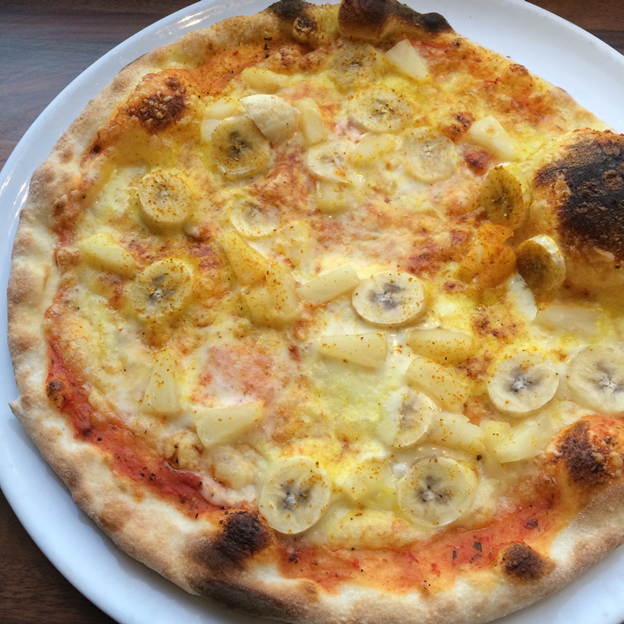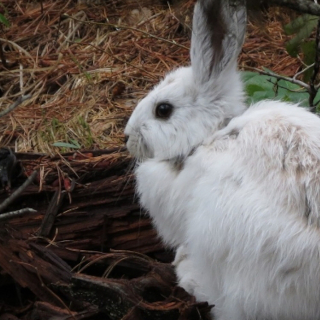Arctic fox color monitoring in Sweden: Short note and pictures from the field

One of the great things about studying camouflage in color molting species, is that one gets to follow them to the ‘coolest’ sites on Earth. Part of my dissertation work focuses on describing color molts and camouflage mismatch in Arctic foxes and I was so fortunate to spend last semester in Sweden where the research takes place. This project is a joint effort with researchers at the University of Stockholm, mainly Dr. Anders Angerbjörn and his MS student Dick Moberg who hosted me in Stockholm and in the fjällen (= Swedish word for the mountain tundra). For the past year and a half, they have been installing remote camera traps at fox dens (among many other things) so we can monitor their color molts and changing snow cover. The purpose of my trip was to join Dick in the filed to help download the photos from last spring and change camera batteries so they can continue taking photos throughout another molting season. It was an amazing experience and I’m indebted to North Carolina State University, Dr. L. Scott Mills and Dr. Anders Angerbjörn for supporting my trip and this project.
The main objective of our study is to describe coat color molts at two different sites and how environmental conditions such temperature or snow affect the molt. Arctic fox rely on camouflage to avoid detection by both prey and predators and interestingly, they occur in two color morphs; white and blue. As one would expect, white morph acquires pure white coat for the winter, while the blue remains dark year round. Couple blue foxes were reintroduced to the sites in inland Sweden few years ago to rescue the population from inbreeding and have been breeding there ever since. So we can quantify and compare the relative mismatch of the blue and white morphs to see which one is more suited for the current and future climate.
-- We are just now starting to analyze our data but are hoping to have a paper out by this time next year. Please stay tuned for updates and the results.
Marketa Zimova, PhD Candidate
NOTE: All photos taken by Marketa Zimova
Our home in Fjallen:
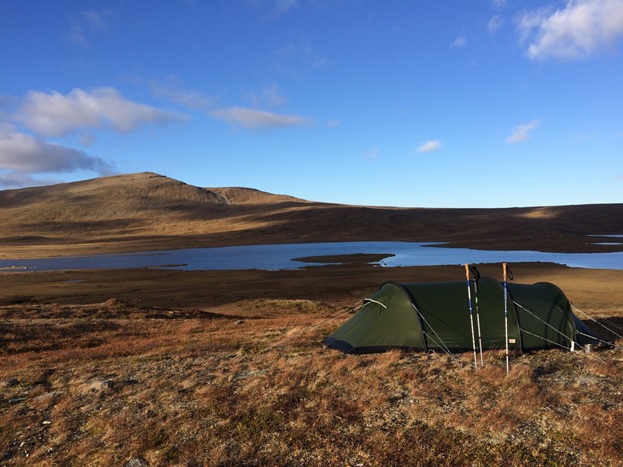
River crossings were surely thrilling:
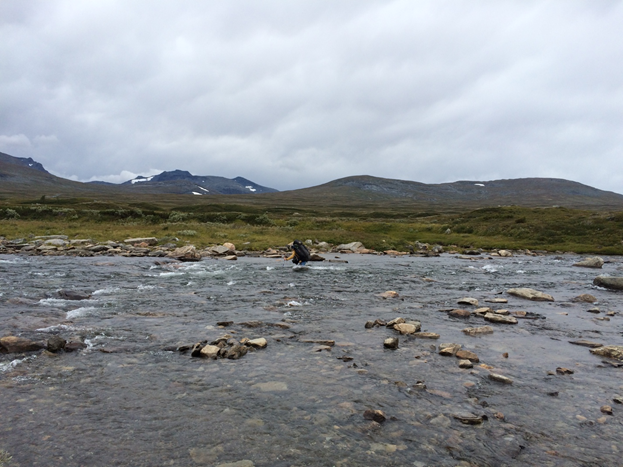
One of the remote camera traps installed on fox den (we were particularly proud of this sculpture; there are no trees to put up cameras on the tundra):
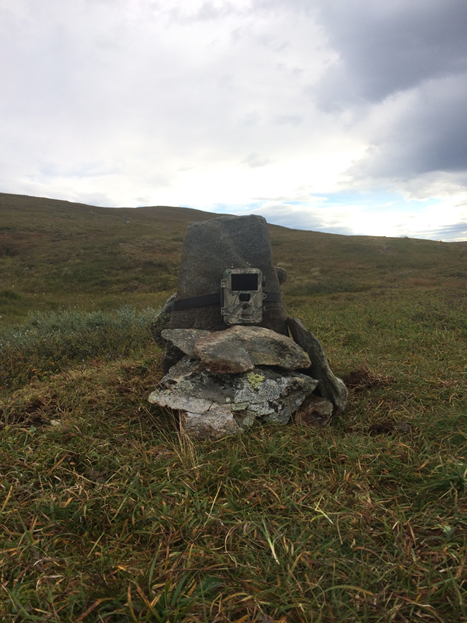
Close encounter with a reindeer friend:
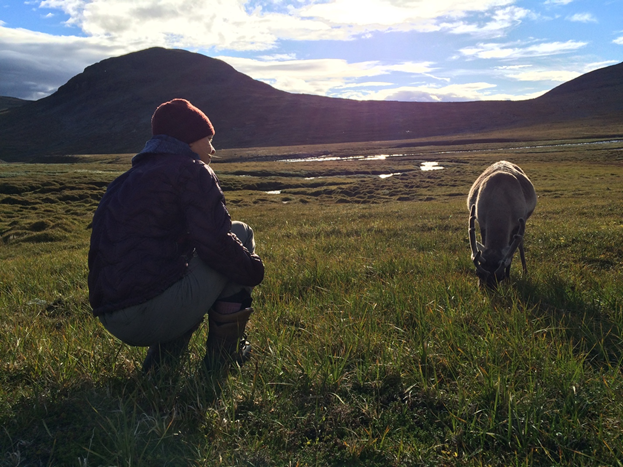
Old lemming nest- it was probably killed by a weasel who then took over the nest and lined it up with the lemming’s hair for insolation:
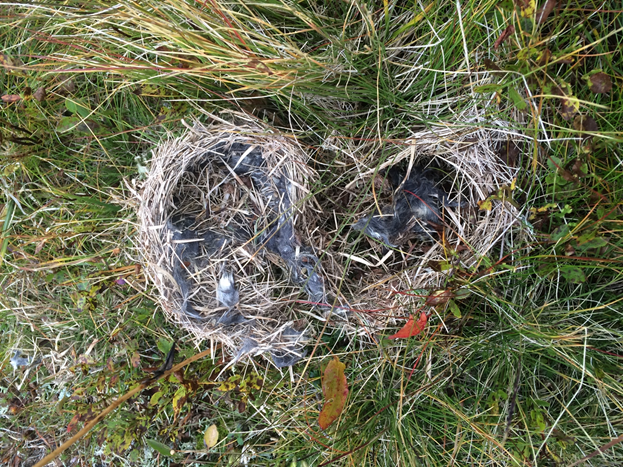
Norwegian lemming, still alive:
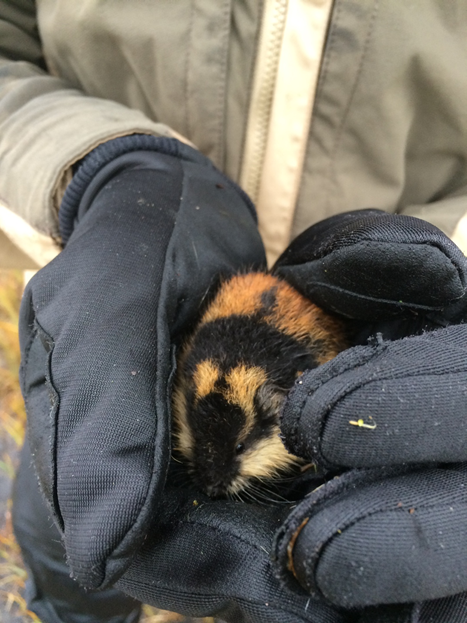
More reindeer:
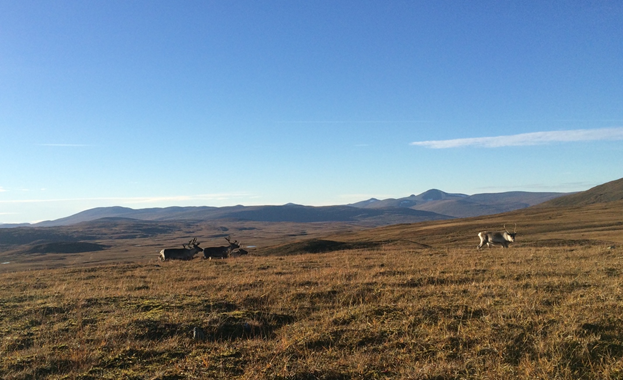
Return to the birch forest on our descent from the fjallen. Birch is the highest elevation tree there and is gorgeous in the fall once the leaves turn yellow:
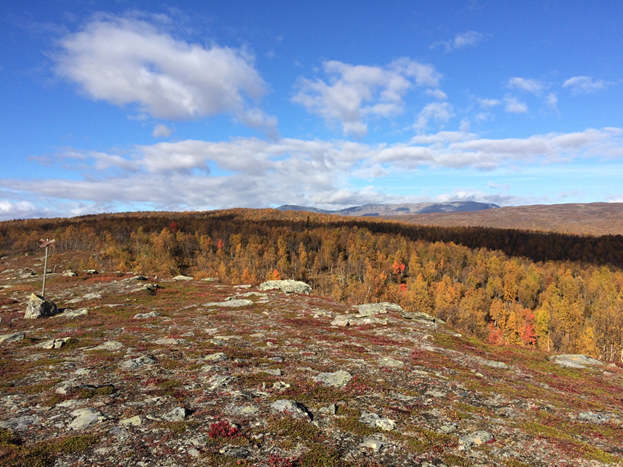
Preparing a tradition northern meal with the infamous fermented herring (Surströmming) on a day off- the taste was OK, but I understand why it’s not allowed to eat inside:
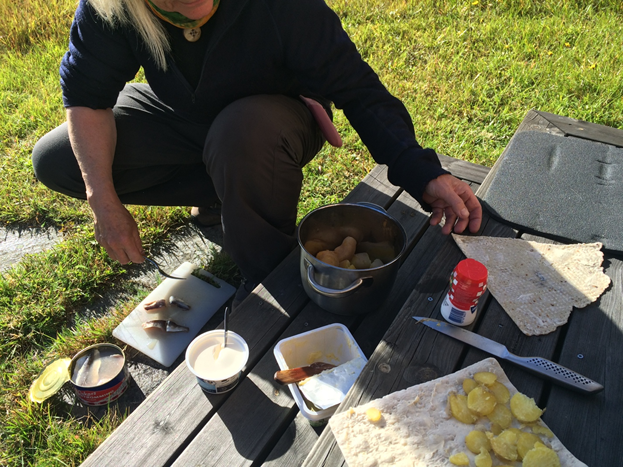
Upon my return to civilization I ordered another Swedish specialty- banana curry pizza. Surprisingly, I preferred the fermented fish....:
